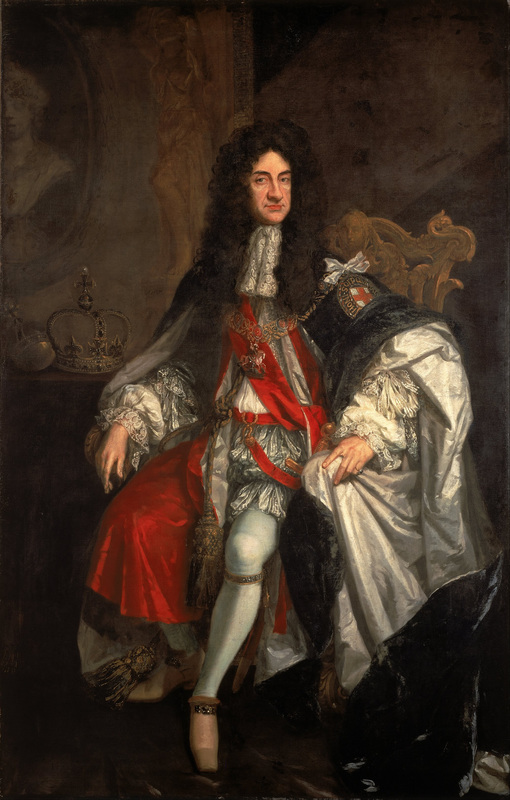The fair officially entered the calendar on the 30th of June 1587, when Garmouth, or ‘Garmoch’, as it was known, was raised in status by Crown Charter to a Burgh of Barony. This Charter gave the village the right to create free burghers, erect a Cross, and construct a harbour. Also, the right to hold two annual fairs, one in June, the other on the 20th of September. The second fair seems to have disappeared, but the first continued as the ‘Margaret Fair’ or ‘Maggie Fair’. The 30th of June was almost certainly chosen for the Charter because it was already a significant date in the local calendar, perhaps related to pagan ritual. At about that time, Garmouth had a reputation for witchcraft and general debauchery. Indeed, as late as 1731 Margaret Hay was charged at the Kirk Session of Essill with ‘convening young people to unseemly and indecent dancing in a manner peculiar to Garmouth in a dance called “Gillatrypes”‘. So, nothing much changes in Garmouth and the Kirk was clearly responsible for issuing the olden day equivalent of the ASBO!
So where does the connection with the Merry Monarch come from? Charles I, King of Scotland and England, was an unpopular king, given to frittering away money on fine arts. The English Civil War had, in part, been triggered by the rebellion of the Scots after he attempted to force a modified prayer book upon them. Eventually, in 1649, Oliver Cromwell and his Roundheads beheaded him for treason.
After his execution, onlookers, after a small payment, were invited to dip their handkerchiefs in his blood!
Upon his execution, Scotland failed to recognize the new English Republic of Oliver Cromwell. Instead, it insisted that Charles II was his father’s rightful successor. However, this support came with strings attached.

It was under the condition that Charles sign the ‘Solemn League and Covenant’. This was basically a promise not to remodel the Church of Scotland, governed by Presbyterian principles, along Anglican lines. Charles II was proclaimed King of the Scots in February 1649. This happened in his absence, since he had been exiled in France and the Netherlands since his father’s death. He did not arrive in Scotland until the 23rd of June 1650. His landfall was the River Spey and Garmouth.
The journey from The Hague had been uncomfortable. The king had passed 22 days avoiding Cromwell’s navy and only narrowly missed four Parliament ships in the Moray Firth. The tide must have been out and the king had to be carried ashore on the back of a boatman called Milnes; his descendants were known thereafter as ‘King Milnes’.
Apparently, the king bestowed a kiss on the boatman’s pretty daughter (also called Maggie?). The king was met by Sir Robert, Laird of Innes, and his wife, Lady Grizel, and after an early dinner in Garmouth, slept the night at Gordon Castle. The Maggie Fair was probably held on Saturday the 29th that year, so the level of excitement must have been intense.
So where does the name ‘Maggie’ come from? None of the Ladies who received the king were named Margaret. In fact, the name almost certainly comes from Lady Margaret Ker, daughter of the first Earl of Roxburghe, who became the wife of Sir James Innes in 1666.
This lady did much to endear herself to Garmouth, not least by choosing to live in the village, at Dipple, rather than the traditional family seat at Innes. This was the period of the Restoration, when Cromwell had been consigned to the dustbin. The annual Maggie Fair must have been a glorious occasion for those few years, simultaneously celebrating the arrival of the Merry Monarch and the long-established fair. The young couple would surely have graced the fair each year. When Lady Margaret died in 1681 (short life expectancy back then!) historians refer to ‘the woeful, dismal, lamentable tidings of the loss of this fresh, worthy, virtuous young Lady Innes’.
Charles II was finally crowned King of the Scots at Scone, on the 1st of January 1651. After a failed attempt to restore himself to the English Crown in 1651, followed by a famous series of narrow escapes from the Roundheads, including hiding in the ‘Royal Oak’ after the Battle of Worcester (1651), Charles II was finally restored to the English throne in May 1660. He promptly reneged on a deal to pardon those involved in his father’s execution, variously hanging, drawing and quartering them (think Mel Gibson and Braveheart). Oliver Cromwell suffered the indignity of a posthumous execution, which can’t have been pleasant for the executioners!*
Much of this information has been rehashed
from the comprehensive account of ‘The History of Garmouth and Maggie
Fair’ by Sir Thomas Innes of Learney (Moray and Nairn Newspaper Co.
Ltd; Elgin).
